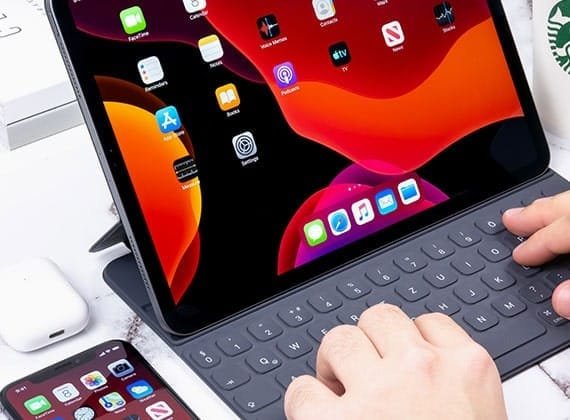Gameboy Device For PC
- Home
- portfolio
- Embedded C/C++
- Gameboy Device For PC
Seamless SPI Integration: Bridging STM32 and nRF for Reliable Communication
In this project, I successfully implemented SPI communication between an nRF module and an STM32 microcontroller, focusing on ensuring seamless data transfer and reliable communication between the two devices. The primary task was to handle the communication on the STM32 side, configuring it to operate with the nRF module in a fully functional and operational setup. This included setting up the SPI peripherals on the STM32, managing the data transmission and reception protocols, and ensuring synchronization between both devices.
The project required in-depth knowledge of SPI communication protocols, as well as experience in optimizing data throughput and error handling to guarantee smooth, uninterrupted operation. I also integrated appropriate software layers to manage communication, ensuring that data integrity was maintained throughout the process. The final solution provided a robust, operational system, fully meeting the client’s requirements for reliable wireless communication between the STM32 and nRF modules.

02. Things used in this project
- Microcontrollers:
- STM32: Configured as the primary controller to handle SPI communication and manage the data exchange with the nRF module.
- nRF Module: Used for wireless communication, interfaced with STM32 via SPI.
- Communication Protocol:
- SPI (Serial Peripheral Interface): Ensured fast and efficient communication between STM32 and nRF with precise timing and synchronization.
- Firmware Development Tools:
- STM32CubeIDE: Used for coding, debugging, and configuring the STM32 microcontroller.
- Segger Embedded Studio: For programming the nRF module.
- Programming Languages:
- C/C++: Developed the firmware and SPI drivers to handle communication.
- Hardware Peripherals:
- Debugging tools (e.g., logic analyzers, oscilloscopes) to test SPI signals.
- Development boards for STM32 and nRF.
- Libraries and Drivers:
- HAL (Hardware Abstraction Layer) for STM32 to configure and manage SPI peripherals.
- Nordic SDK for nRF module programming.
- Testing and Integration Tools:
- Postman/Custom Test Scripts: To validate data integrity over SPI communication.
- Simulation Tools: To debug and optimize communication flow.
- Power Management:
- Configured power-saving modes for both STM32 and nRF to ensure energy-efficient operation.
These tools and technologies worked cohesively to deliver a robust solution tailored to the client’s requirements.
03. Story
- Initialization and Configuration:
- The STM32 microcontroller was configured to act as the SPI master, while the nRF module operated as the SPI slave.
- SPI settings such as clock speed, polarity, phase, and data frame size were optimized to match the communication requirements of both devices.
- GPIO pins were initialized for SPI communication, including chip select (CS), clock (SCK), master-out-slave-in (MOSI), and master-in-slave-out (MISO).
- Data Transmission and Reception:
- The STM32 microcontroller transmitted commands and data packets to the nRF module over the SPI bus.
- A custom data protocol was implemented to ensure the accurate interpretation of commands by the nRF module.
- The nRF module sent acknowledgment or response packets back to the STM32, confirming successful data exchange.
- Interrupt-Driven Communication:
- SPI communication on the STM32 side was handled using interrupt-driven methods to achieve non-blocking operation.
- This allowed the STM32 to perform other tasks while waiting for SPI events, improving overall system efficiency.
- Error Handling and Synchronization:
- Mechanisms were implemented to detect and recover from communication errors, such as corrupted packets or mismatched clock signals.
- Handshaking protocols ensured synchronization between the STM32 and nRF, even during high-speed data transfer.
- Testing and Validation:
- Communication was tested extensively using debugging tools like logic analyzers to verify the integrity of SPI signals.
- Data integrity was validated by comparing sent and received packets under various operating conditions.
- Client Integration and Optimization:
- The system was fine-tuned for specific client use cases, ensuring compatibility with their existing hardware and software.
- The final setup was thoroughly documented and delivered as a fully functional and operational solution.
This workflow ensured a reliable and efficient SPI communication system between the STM32 and nRF module, meeting the project’s objectives and the client’s expectations.


